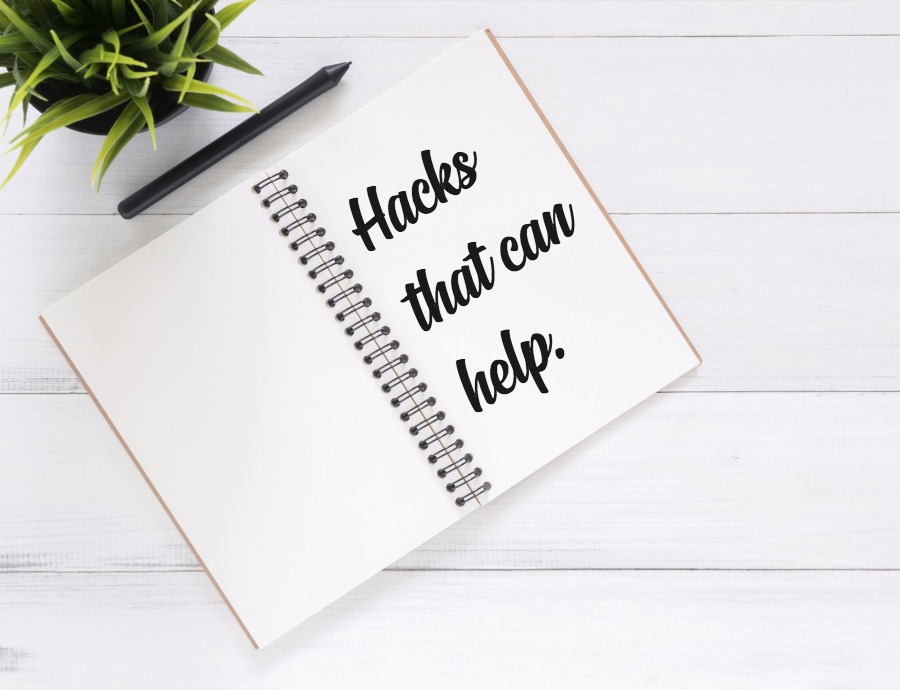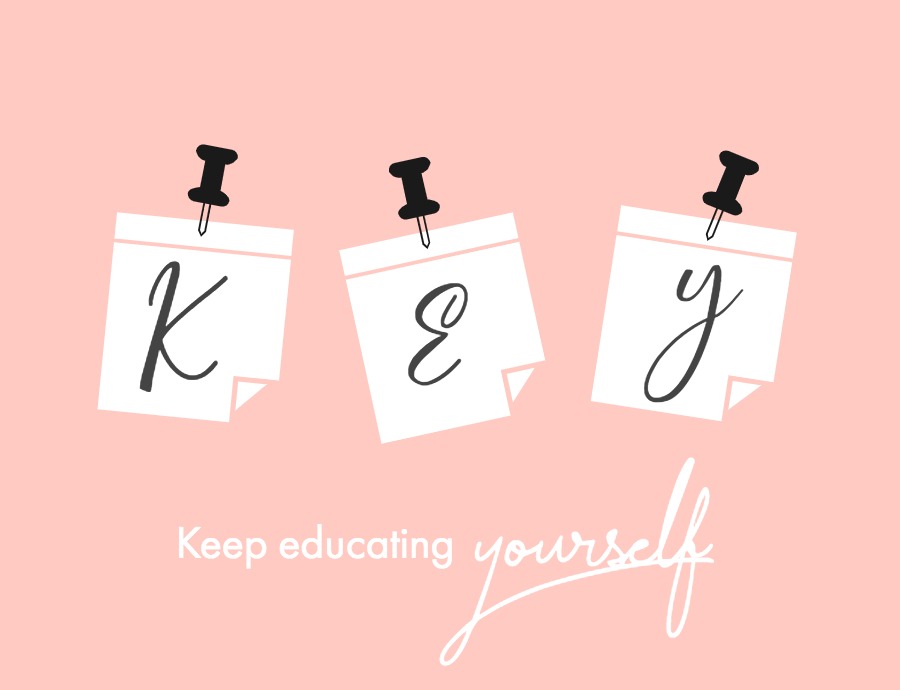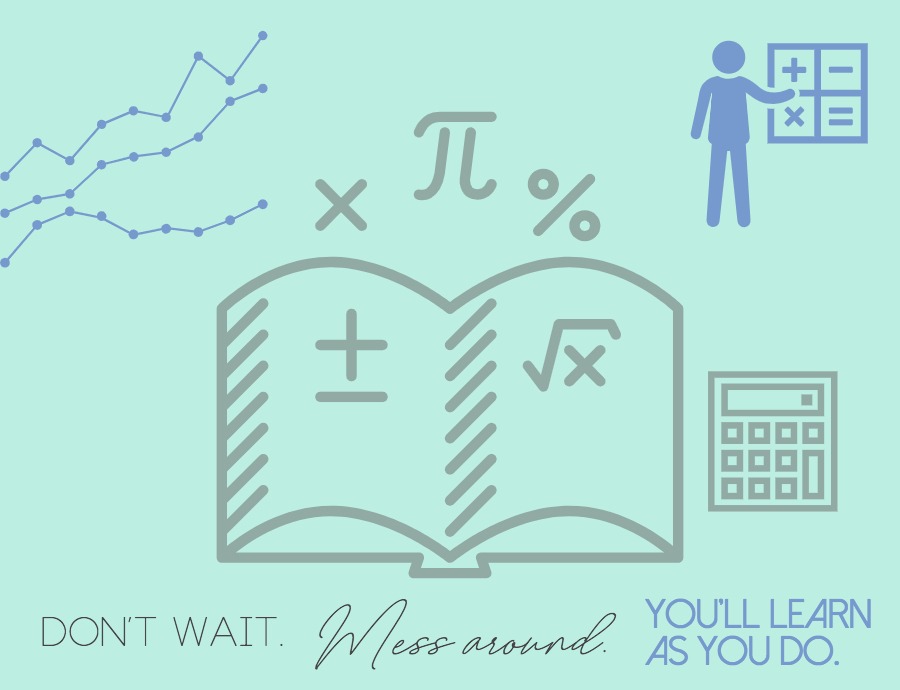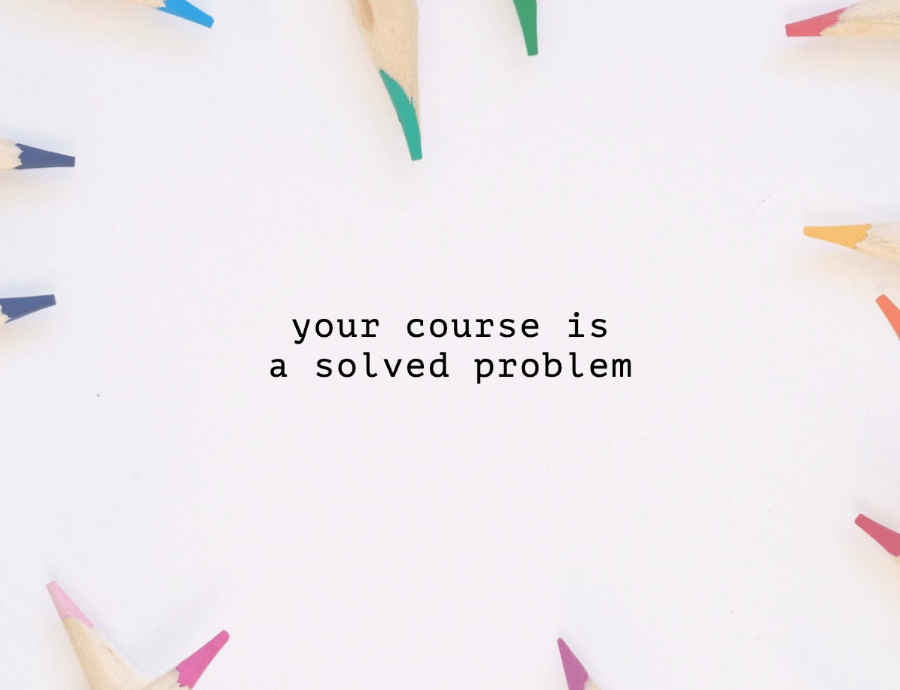You have to give yourself your best chance to do well in all your classes. You want to learn the most, understand the most, recall the most. In order to do that, you need to get the most you can from lectures. But this is hard, with so much information thrown your way from so many sources, day after day, with so little chance to absorb it all. So how do you keep up? The first step is to take the best notes.
That’s not easy to do, especially across all your classes, over an entire semester. We have hacks that can help.
After you’ve taken the best notes, you have to make them work for you. We’ll explain how to do that in an upcoming post.
That’s not easy to do, especially across all your classes, over an entire semester. We have hacks that can help.
- Buy big spiral notebooks for every subject, and keep your notes organized. You need these notes, so don’t lose them. Loose leaf papers are a pain to keep together. The students who bring the clipboard and loose-leaf papers to class look fantastic, but they do so many extra steps to make this work; they need to date and subject-code every page as they go, and they need to sort through papers and put them in the proper binders every night. Spiral bound notebooks are easier to maintain. If you miss a class, simply skip forward several pages. The shame of the missing space will make you more likely to copy someone else’s notes.
- Sit up straight. This step is important. Posture affects focus, and focus affects understanding, and understanding affects recall. This step is equally important for your professor: it affects how the professor will judge you as a student. If you’re sitting up straight, then you look engaged.
- Prepare for note-taking by reviewing old notes. Re-read your notes from the previous class before the current class begins. This practice will prepare your mind for the information in the lecture, rev up your understanding, and help you to take notes strategically.
- Keep your notes organized by writing down the date and lecture subject immediately. Make your notes easier to work with later on by getting them organized and keeping them organized. You’ll need to flip through them quickly as you’re working on problem sets, assignments, and studying.
- Start immediately. Get ready, right from the introduction. Often, professors will give hints in the beginning of the lecture that will help you to understand, organize and prioritize the information.
- Listen actively and write strategically. There are many ways to do this, but they all hinge on one main awareness: your professor could look your way at any time. Even as you write in your notebook, look up from time to time to show that you’re paying attention. This will help both you and the professor. It will go even farther to make you look interested and engaged, and it will keep you from falling asleep. As you listen, pay careful attention to what’s said and how it’s said. Pay special attention for hints that the material is important, such as repeated concepts, emphases, ordinals, signals words, and information written on the board.
- Capture the structure of the lecture with headings, subheadings, descriptions. You can write down the major header as soon as you sit down since most professors give the major topics in the syllabus. After that, try to keep track of sub-headings and topics (by numbering or underlining), and try to clarify them as you write. This is a simple step that will help you see the lecture, and eventually the course, as a whole, and will help you to read through your notes later.
- Don’t write too much – capture key terms, key words, and try to copy what’s written on the board. You don’t need to take a transcript of what your professor has said. Too many notes will make studying harder. Don’t lose track of the point.
- Don’t write in full sentences, and develop your own short-hand. Lectures go fast, and professors don’t stop to help you catch up. It’s important to write as few words as possible. Forget fillers. Don’t bother with ands, ifs or buts. Try to use common shorthand for common words such as approximately, therefore, leads to. Don’t go overboard in simplifying, however, or you won’t be able to make sense of your notes later.
- Punch up your notes – write question marks and exclamations in the margin. If you don’t understand something in a lecture right away, then note that immediately. Write yourself a question mark in the margin and revisit later. Get help if you can. If you notice a professor emphasizing a concept, make note of that as well, with an exclamation in the margin, for example. Find the time to study it further, later on. It could be on a test or exam.
- Leave lots of white space. You’ll need to work with these notes, so keep them as readable as possible. Skip lines, leave white space, so that they’re less overwhelming when you try to decode them later.
- Pay attention to the conclusion. Often, the professors will sum up the lecture at the end (as other students are packing up their things to leave). Make sure that you pay attention so that you can check that you’ve captured the most important information, and that you’ve organized properly.
After you’ve taken the best notes, you have to make them work for you. We’ll explain how to do that in an upcoming post.








